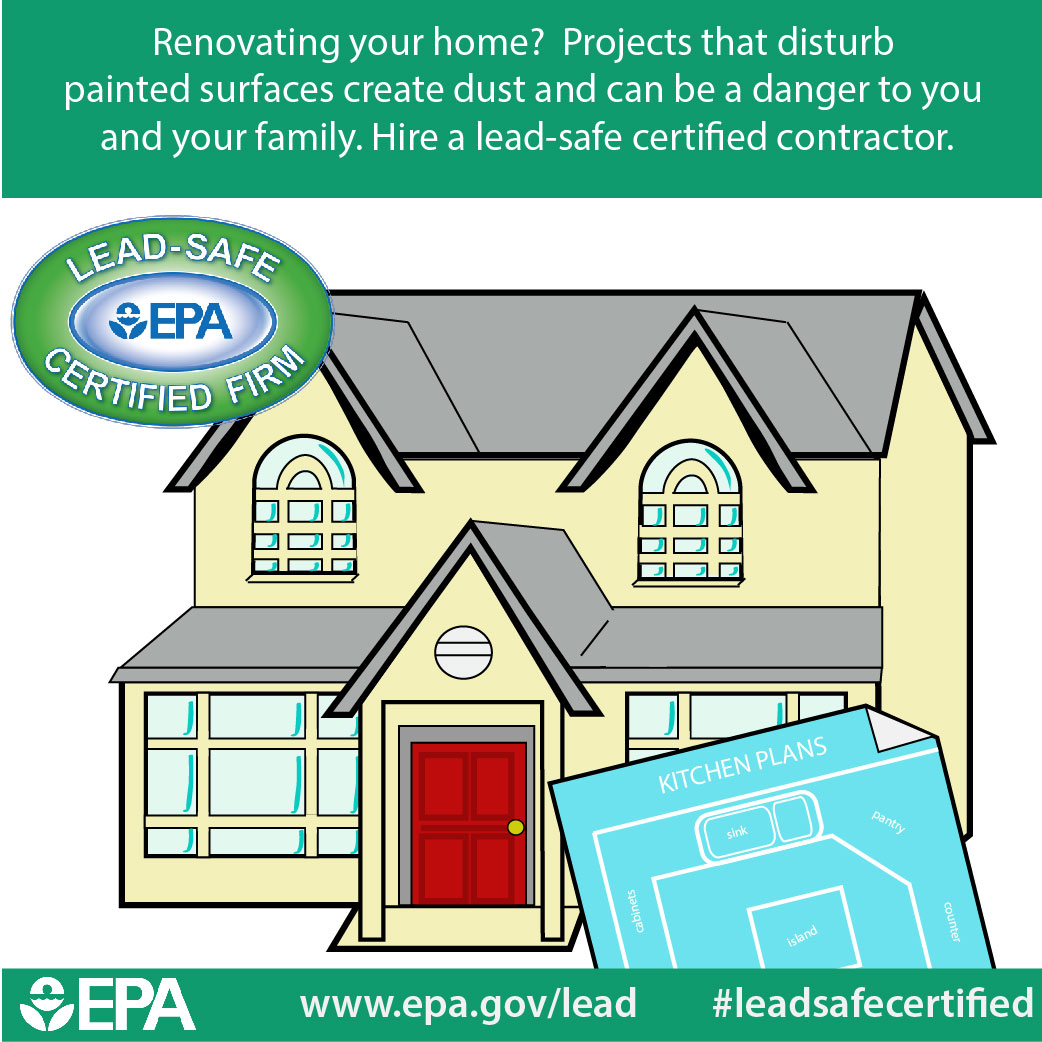Check Out The Function Of Seasonal Factors In The Success Of Commercial External Painting And Reveal The Most Effective Times To Protect Long Lasting Results For Your Project
Check Out The Function Of Seasonal Factors In The Success Of Commercial External Painting And Reveal The Most Effective Times To Protect Long Lasting Results For Your Project
Blog Article
Material Author-Aguilar Skafte
When you're intending a commercial external painting job, seasonal variables can make or break your results. see post 'll wish to think about exactly how temperature and moisture impact paint application and drying out times. Picking the best period can ensure your paint sticks appropriately and lasts longer. However which painting company in dfw are absolutely the very best for this kind of job? Let's explore the key elements that can affect your task's success.
The Effect of Temperature Level on Paint Application
When you're planning a commercial exterior paint job, the temperature can substantially affect how well the paint sticks and dries out.
Ideally, you wish to paint when temperature levels range in between 50 ° F and 85 ° F. If it's too cold, the paint may not treat appropriately, resulting in concerns like peeling or breaking.
On the other hand, if it's too hot, the paint can dry as well promptly, preventing proper bond and leading to an uneven surface.
You must additionally think about the time of day; morning or late afternoon supplies cooler temperatures, which can be extra positive.
Always inspect the supplier's referrals for the certain paint you're using, as they usually provide guidance on the ideal temperature level variety for optimal outcomes.
Moisture and Its Effect on Drying Times
Temperature level isn't the only ecological factor that affects your industrial outside painting task; moisture plays a significant duty as well. High moisture levels can slow down drying times dramatically, impacting the overall quality of your paint task.
When the air is filled with moisture, the paint takes longer to heal, which can bring about problems like bad bond and a greater danger of mold development. If linked site on a specifically humid day, be prepared for extended wait times in between coats.
It's essential to monitor local weather conditions and strategy as necessary. Preferably, go for humidity levels in between 40% and 70% for ideal drying.
Keeping these factors in mind ensures your job stays on track and delivers a long-term coating.
Best Seasons for Commercial Outside Paint Projects
What's the best time of year for your business outside paint tasks?
Spring and very early loss are usually your best bets. Throughout these seasons, temperature levels are moderate, and humidity degrees are frequently reduced, creating suitable conditions for paint application and drying out.
Stay clear of summertime's intense heat, which can cause paint to completely dry too quickly, bring about bad attachment and finish. Likewise, winter season's chilly temperatures can prevent correct drying and curing, risking the long life of your paint job.
Aim for days with temperature levels in between 50 ° F and 85 ° F for ideal outcomes. Remember to examine the regional weather report for rain, as damp conditions can ruin your task.
sherwin williams benbrook around these elements guarantees your painting task runs smoothly and lasts much longer.
Verdict
To conclude, planning your business outside paint jobs around seasonal factors to consider can make a significant distinction in the outcome. By organizing job during the optimal temperatures and humidity degrees, you'll make certain much better bond and drying out times. Keep in mind to watch on neighborhood weather report and choose the right time of year-- spring and early fall are your best choices. Taking these actions will assist you achieve a long lasting and specialist coating that lasts.
